How I fuel for 20 miles (Tips for Fueling a Long Run)
- April 16, 2017
- Last Updated: March 18, 2024
- 37 Comments
- Running
Hi! I hope you had a wonderful Easter weekend and feel refreshed and rejuvenated. And Happy Boston Marathon day – good luck to all of those running!
I got my long run in Saturday morning and ran with a running group for the first time! It’s clear that running with a group has so many benefits – the social aspects, more motivation, and a quicker pace.
As an Amazon Associate, I may earn from qualifying purchases.
I ran this week’s 20 miles nearly 13 minutes faster than last week. And it wasn’t that I was out killing myself, I just had a group to keep pace with.
There were 9 of us that ran together for 14 miles. I ran three miles before meeting up with the group, and four miles on my own after to get to the 20.
I’ve done plenty of posts about what I eat in a day, but I thought it would be appropriate to do one for how I fuel DURING a long run.
Pre Run Fuel
So, depending on how much time I have before my run (when I run in the morning), I’ll usually have a bowl of oatmeal or some toast with PB and banana, as those are more complex carbs and will provide more longer term, sustained energy.
I’ll have these if I have at least 60-75 minutes before my run. On days where I have less time before a run, like this Saturday morning’s run, I need some quicker acting carbs, aka simple carbs that will turn to glucose faster.
On Saturday I had a bowl of Kellogg’s S’mores cereal + half a banana.
This cereal is a little on the sweeter side, but the extra sugar is what I needed for some “quick” energy. Plus, they tasted really good.
Also, a little bit of coffee, which I always have before a morning run. I’m toying with the idea of cutting coffee out (or just using decaf) the week before my marathon, so that way I’ll really get that extra punch of caffeine on race day.
Has anyone ever tried this?

I usually run with a Fitletic belt for my phone. On my long runs, I usually wear two. I add the second one to hold my fuel.
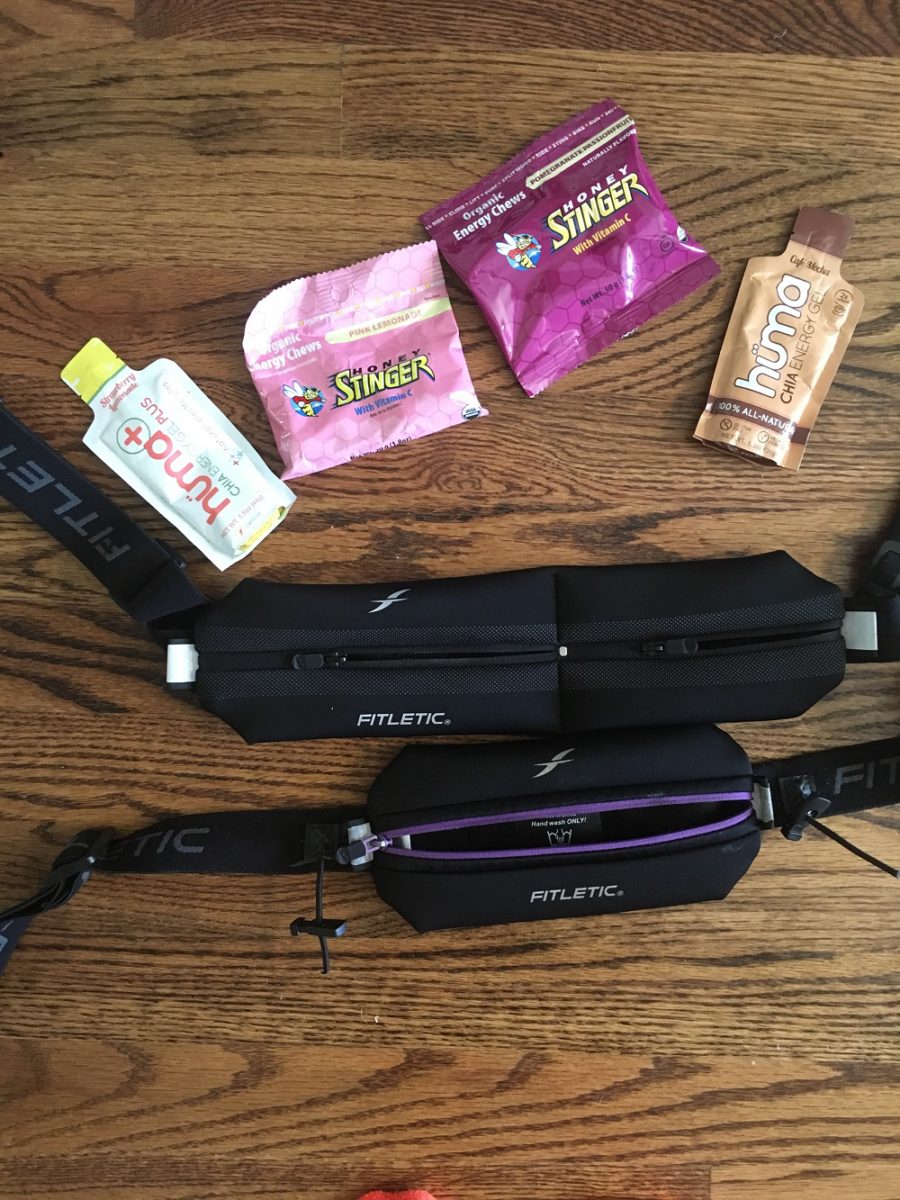
Fuel During a Run
For the fuels, I’ve been doing Honey Stinger chews + some Huma gels + Tailwind mixed in my water bottle. I love the Tailwind and think it’s a great for people who have stomach pain when running.
You mix it in your water bottle and it provides carbohydrates as well as adequate electrolytes, namely sodium and potassium.
When you are fueling for longer workouts and runs, you want to aim for a variety of carbohydrates sources, which will be better absorbed by the body.
Getting glucose, fructose, maltose and/or sucrose, rather than just glucose can help maximize absorption. Proper absorption will help you avoid hitting the wall, too.
If you are just relying on glucose, your body can only oxidize 60 grams per hour, whereas when you are consuming a combination of carbohydrates, your body can oxidize (use) up to 100 grams per hour.
That equates to your body being more efficient, more instant energy for you, and lower chances of “bonking” or running out of carbohydrate stores.
I also usually take some dried fruit – right now, I’m loving dried pineapples. They are tasty, easy to pack and easy to eat and chew while running.
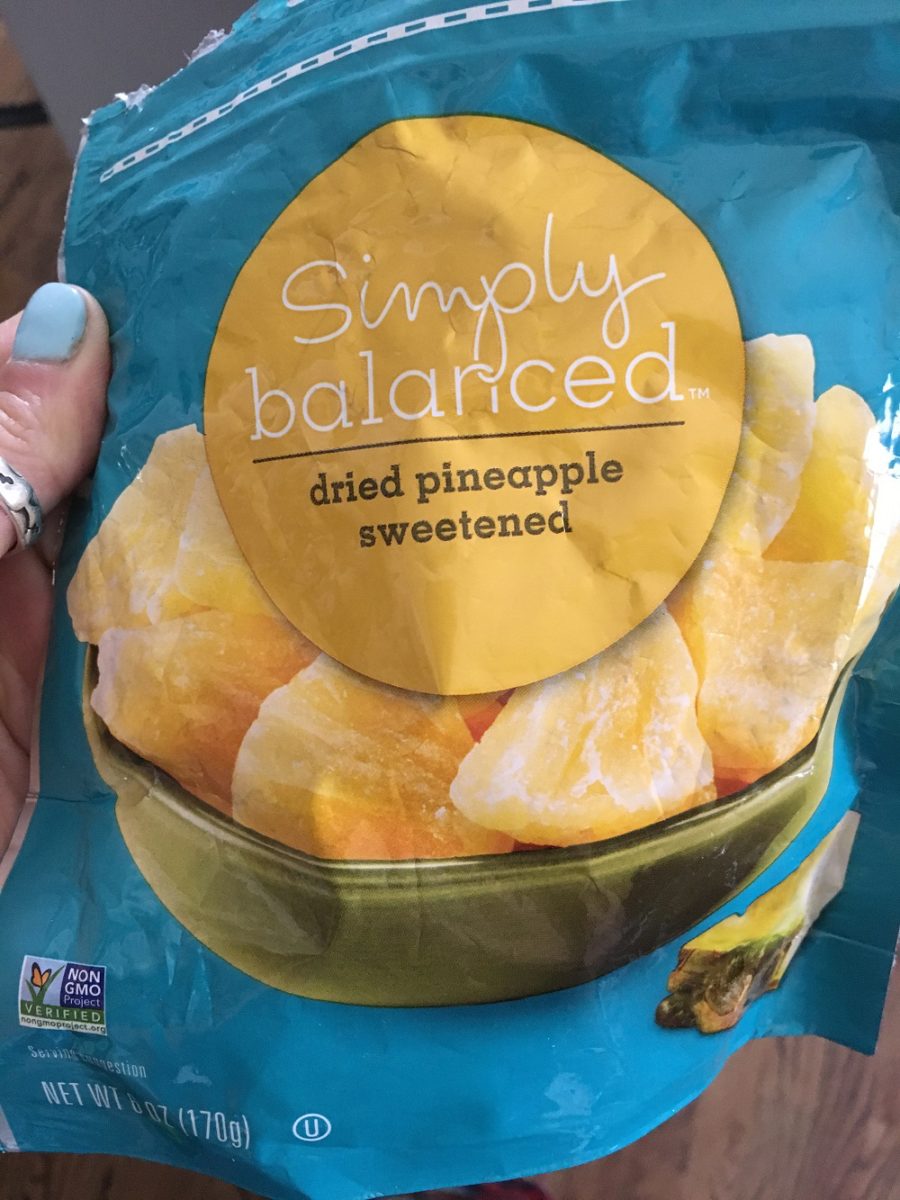
I didn’t take all of the fuels this time, but I like to have them just in case. Typically, you want to get 30-60 grams of carbohydrates per hour (which is 2-3 gels or 1-2 packs of energy chews), about 100-300 calories.
I have trained my body to actually do a little less fuel (I think having food before I run really helps me to rely less on as much during exercise), but remember that your body may be different.
I typically space out my eating every x amount of miles, or as I feel hungry. You want to think about eating during your run as fuel to help you keep going. It’s not going to be stored. It’s going to be used right away.
Your glycogen (carbohydrate) stores become depleted during longer runs, so we get our energy from 3 main options:
- carbohydrates we ingest during exercise
- breaking down our muscle protein for carbohydrates (this is not ideal and is not an efficient process)
- fat stores (which is pretty much an unlimited energy source, but takes more time for your body to use and break down than carbohydrates).
Post Run Fuel
And then, of course, it’s so important to refuel after exercise. Similar to post half marathon recovery or recovery from a race, you want to get nutrition in as quick as feasible.
The traditional nutrition information is to get something in with carbs and protein within 30-60 minutes after exercise.
I believe there has been some research to refute this hour time window, but nonetheless, I am of the opinion that you should get something in ASAP. Start providing some fuel to those muscles, and you’ll feel less sore in the days following.
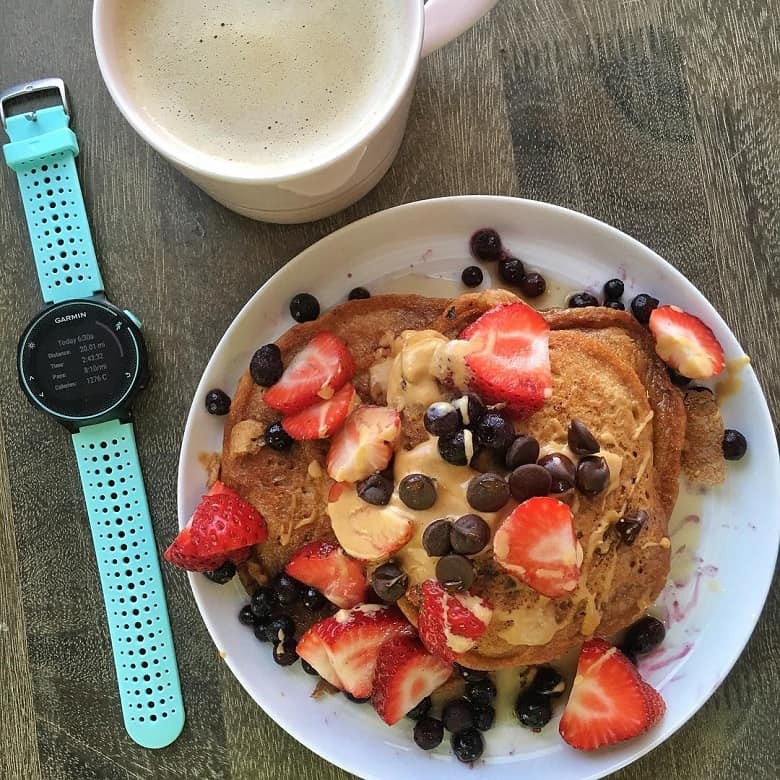
Marathon Training Updates
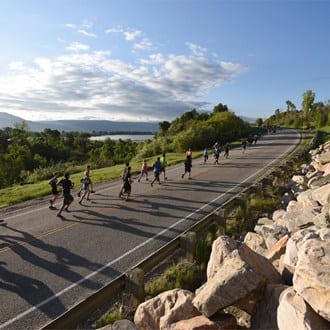
I’m about five weeks out from the Ogden Marathon. I feel like my training is just adequate – it’s nothing over the top.
I’m doing what my plan says, and I’m still enjoying it. I feel grateful to be injury free!
Too much exercise and/or inadequate fueling can contribute to marathon training burnout, so finding a balance is ideal.
What do you like to eat/drink during long runs?
What’s the coolest destination race you’ve done?
Support Bucket List Tummy


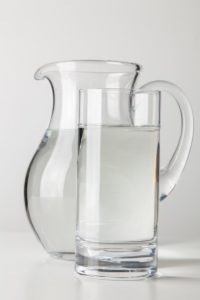
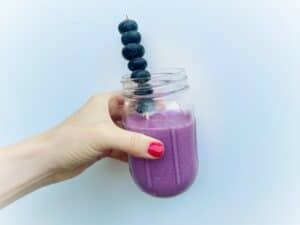
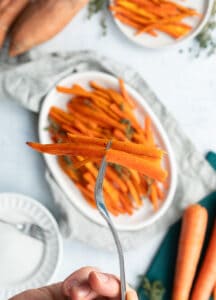
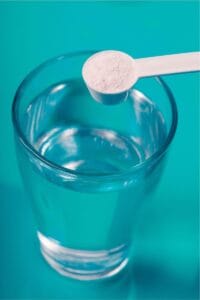

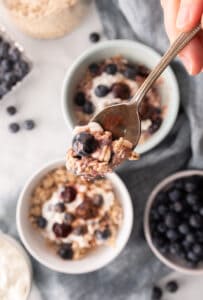
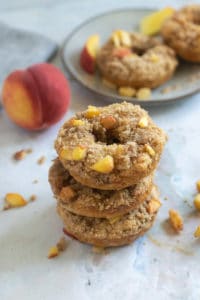
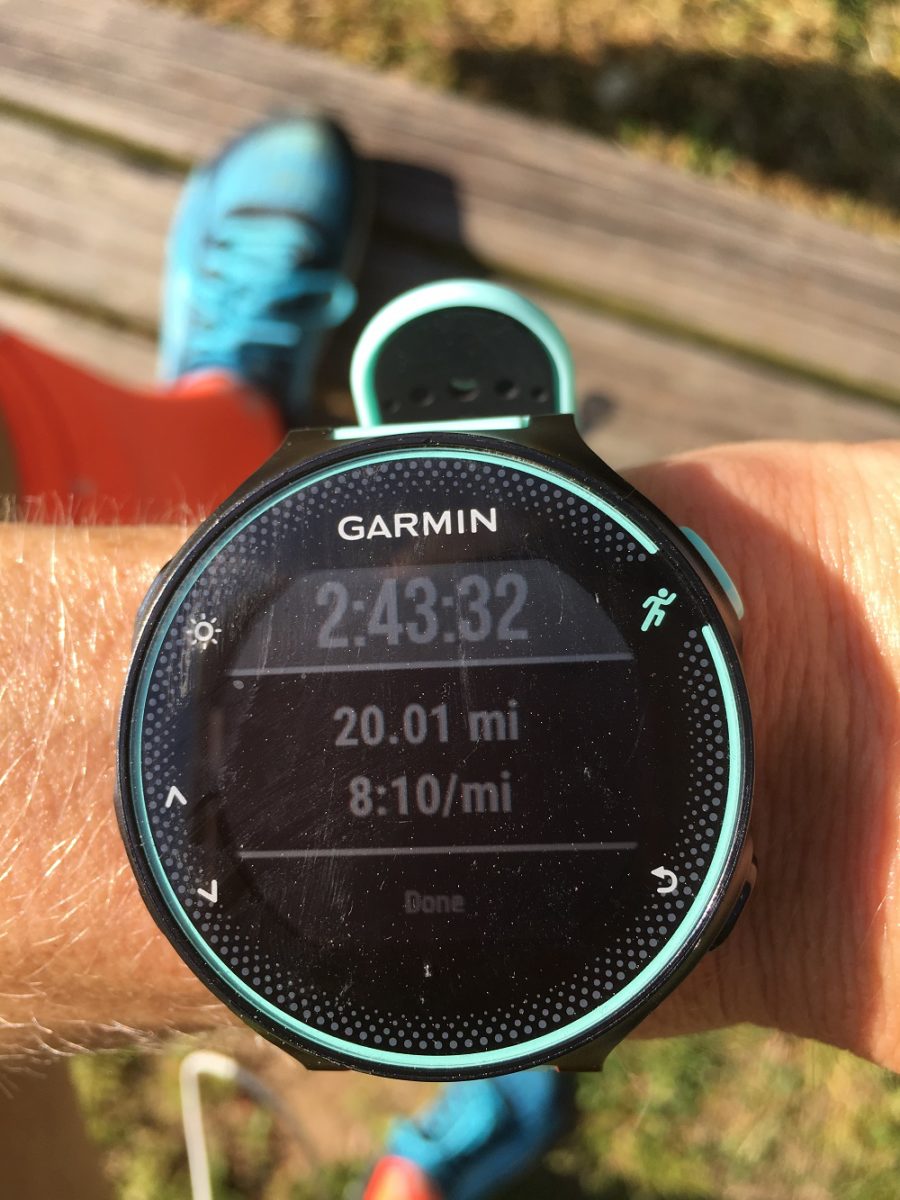

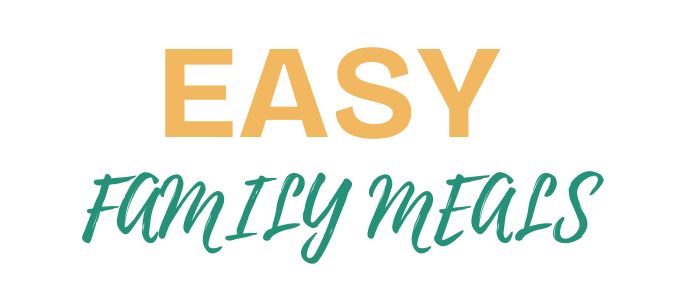
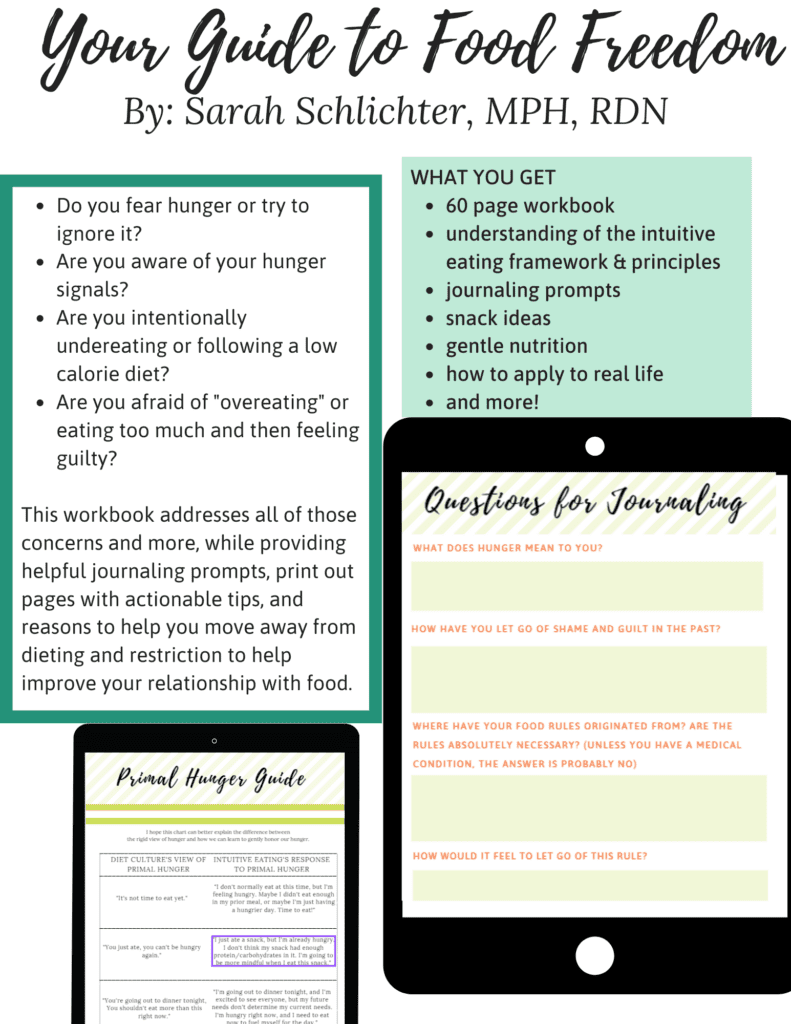
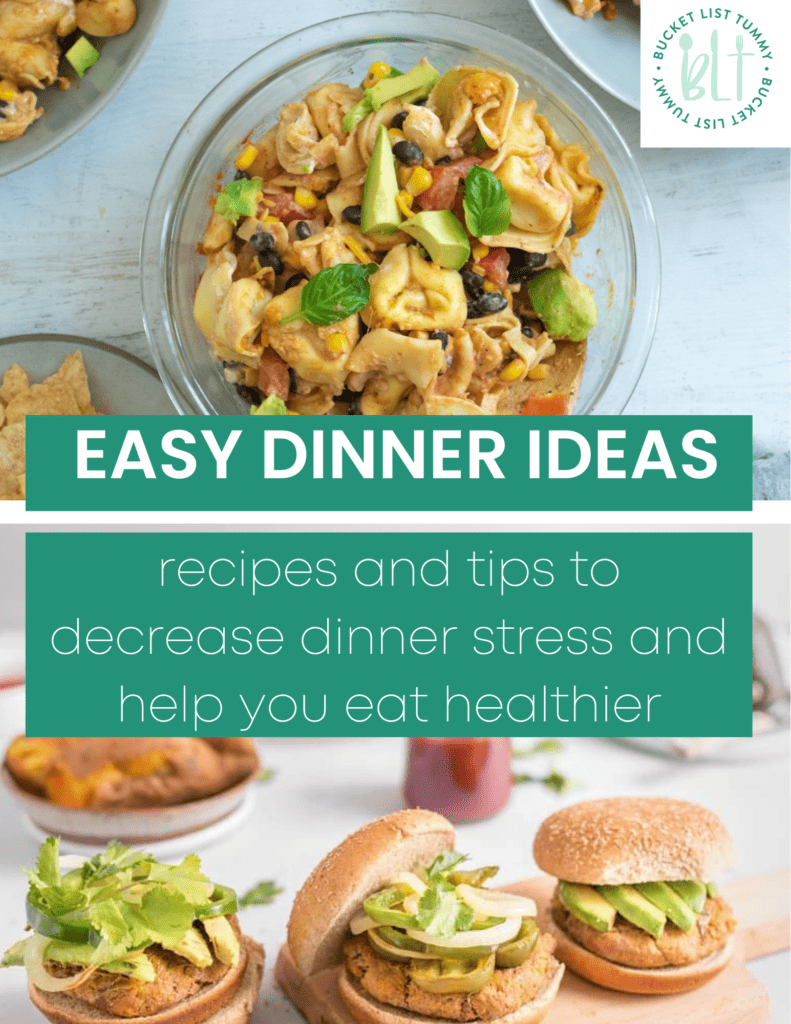
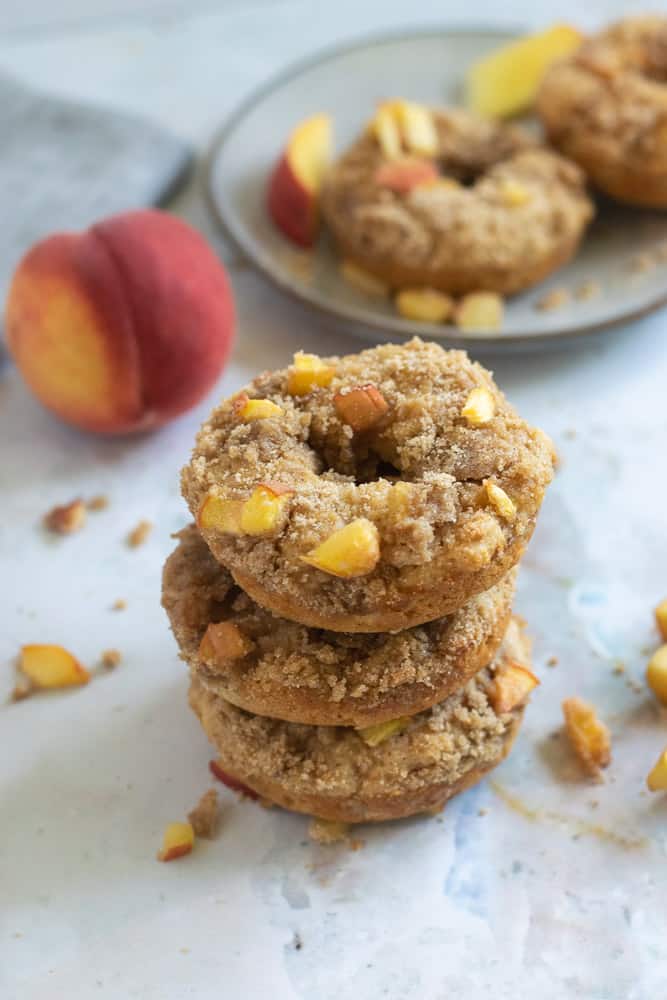
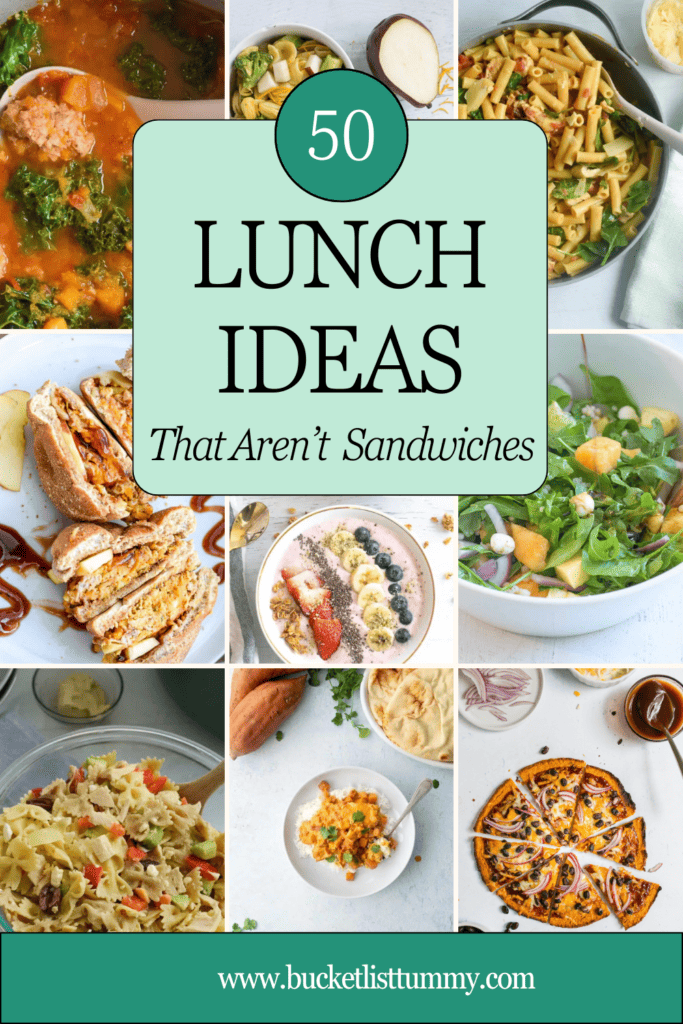
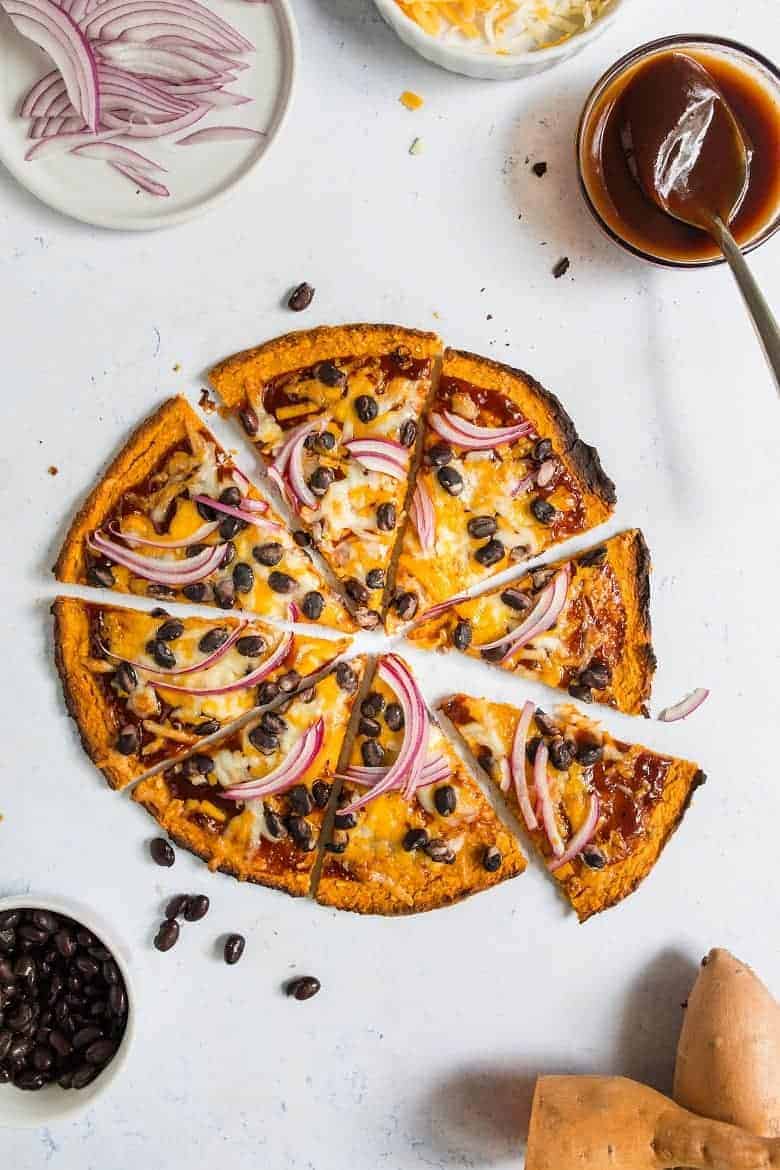
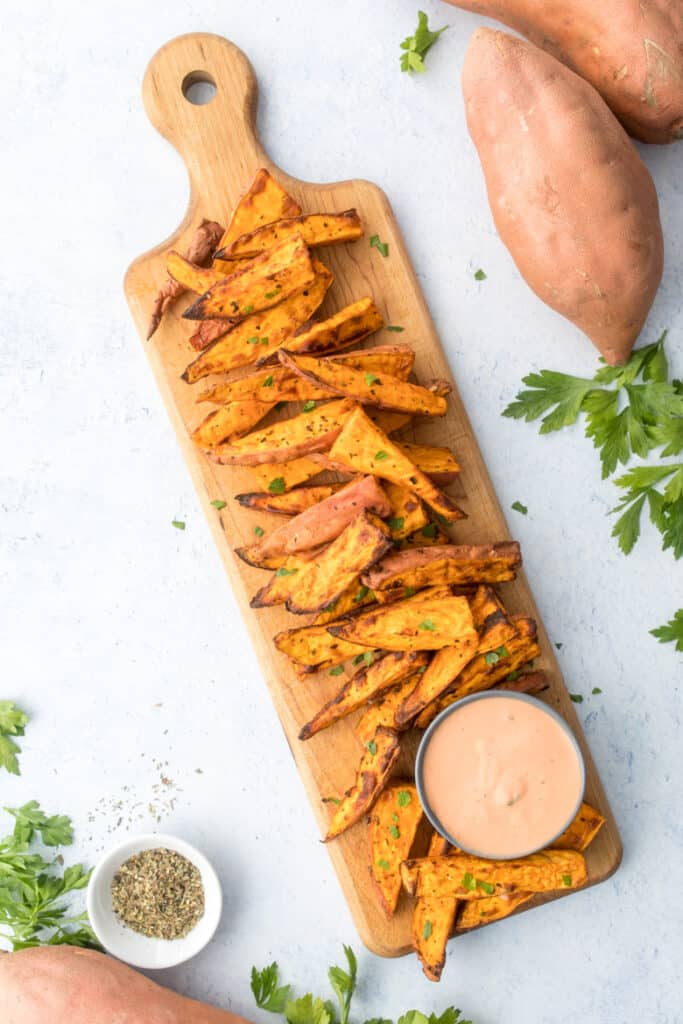
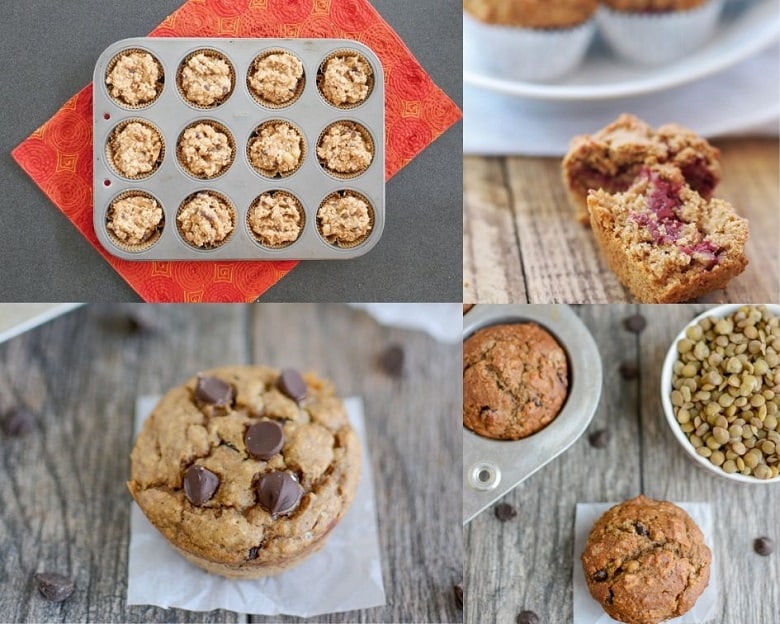
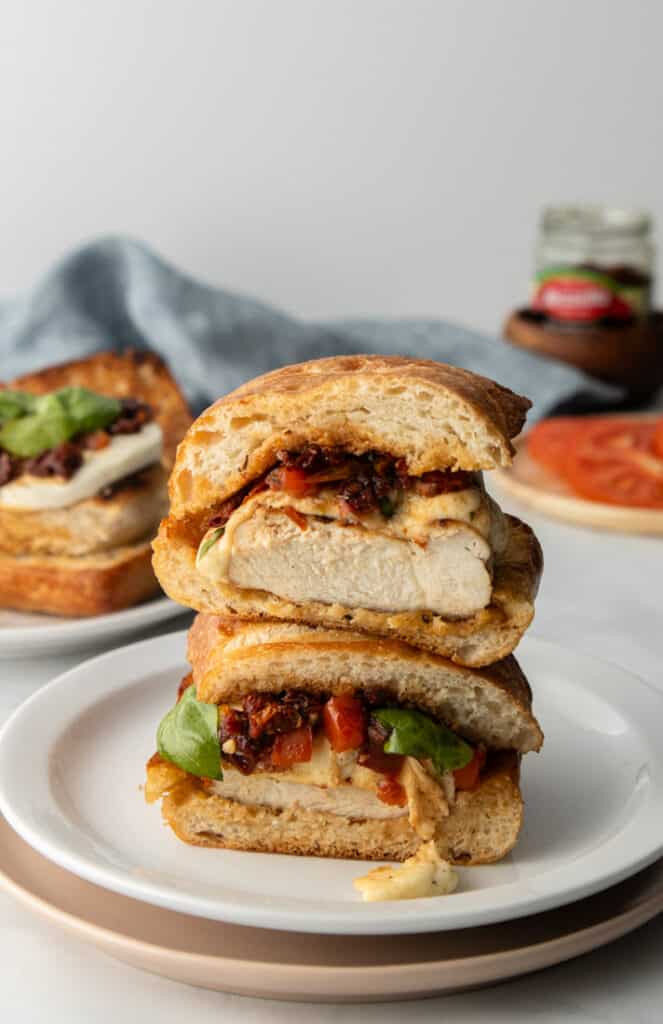
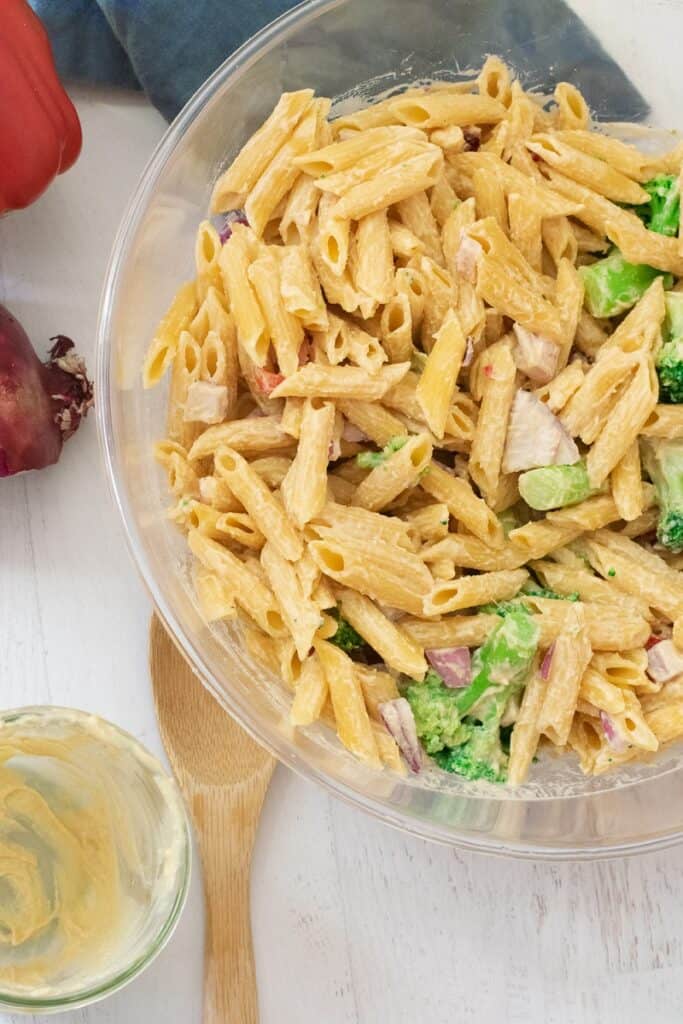
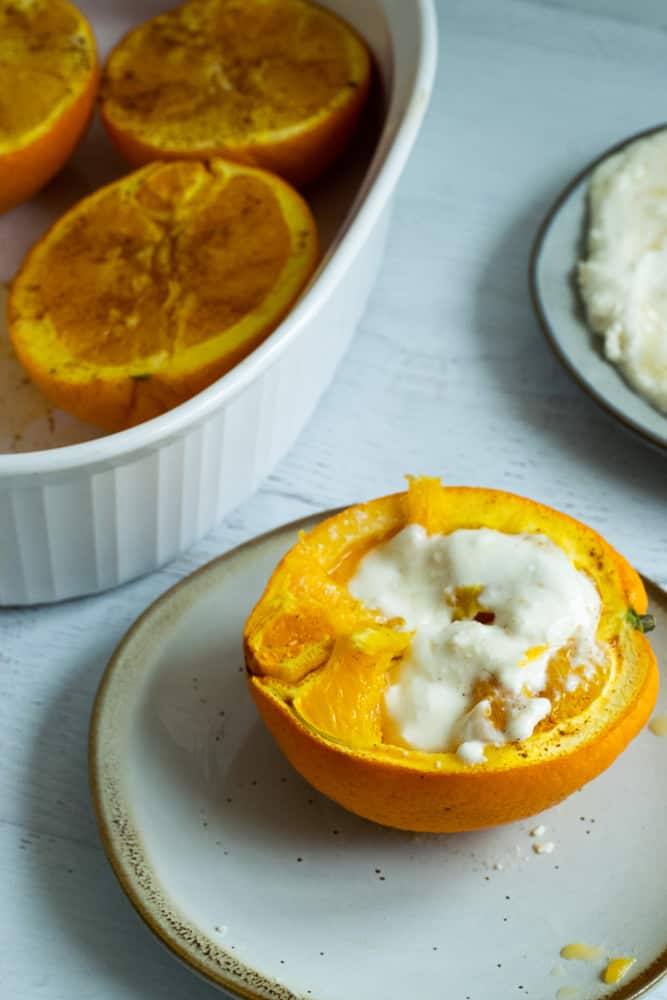
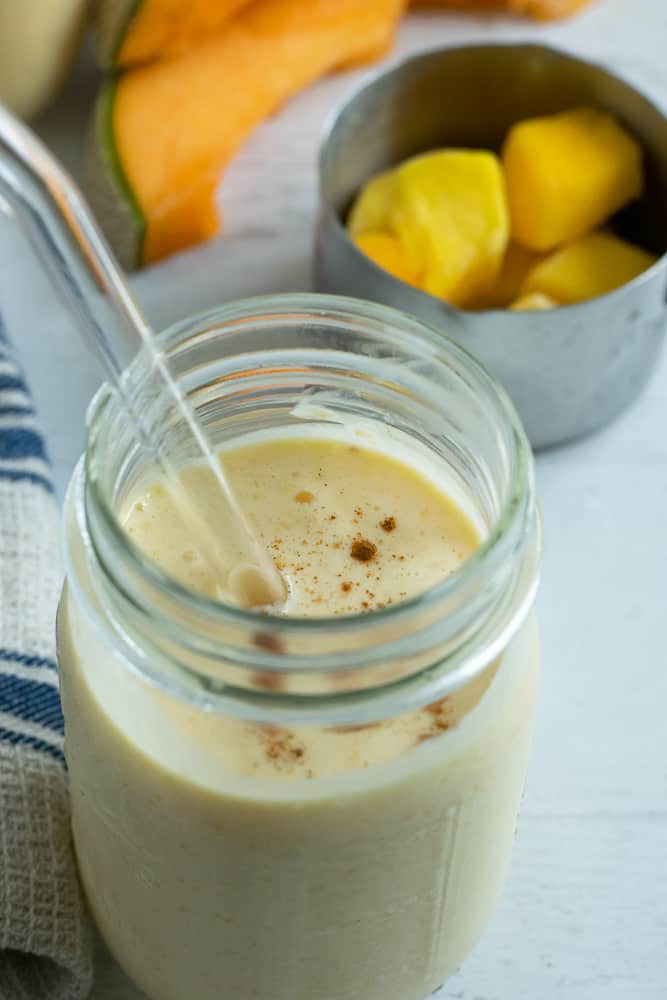
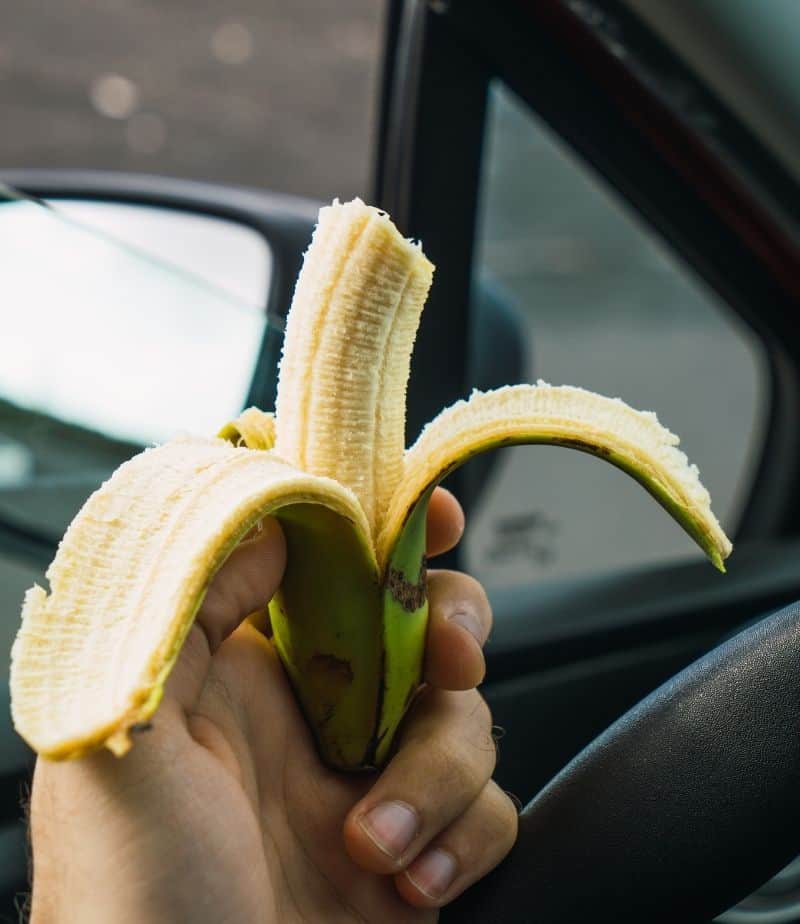
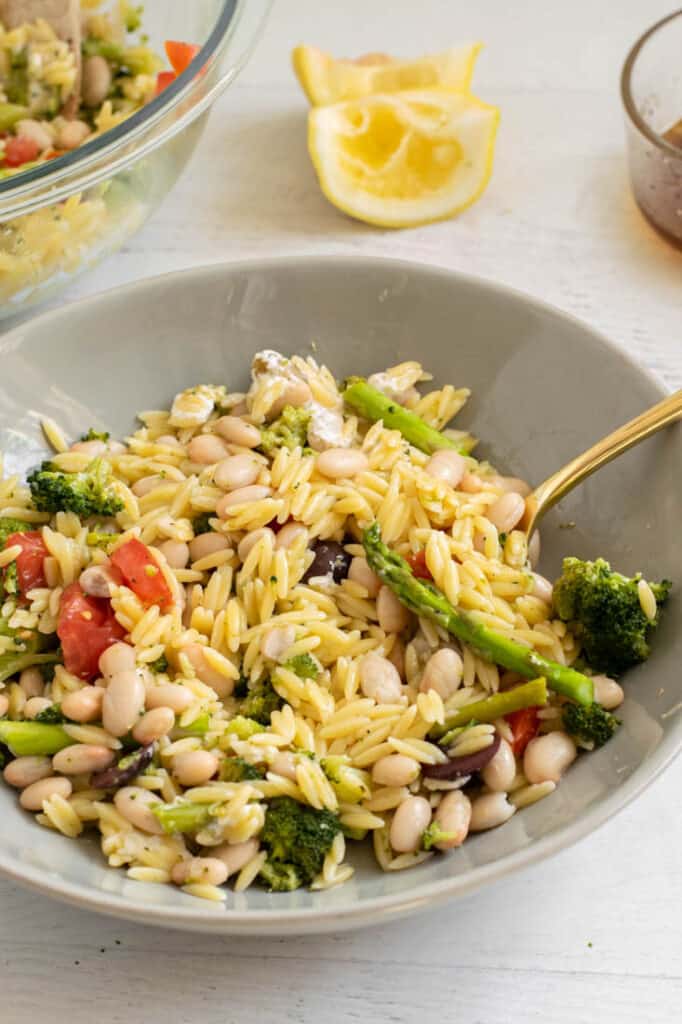
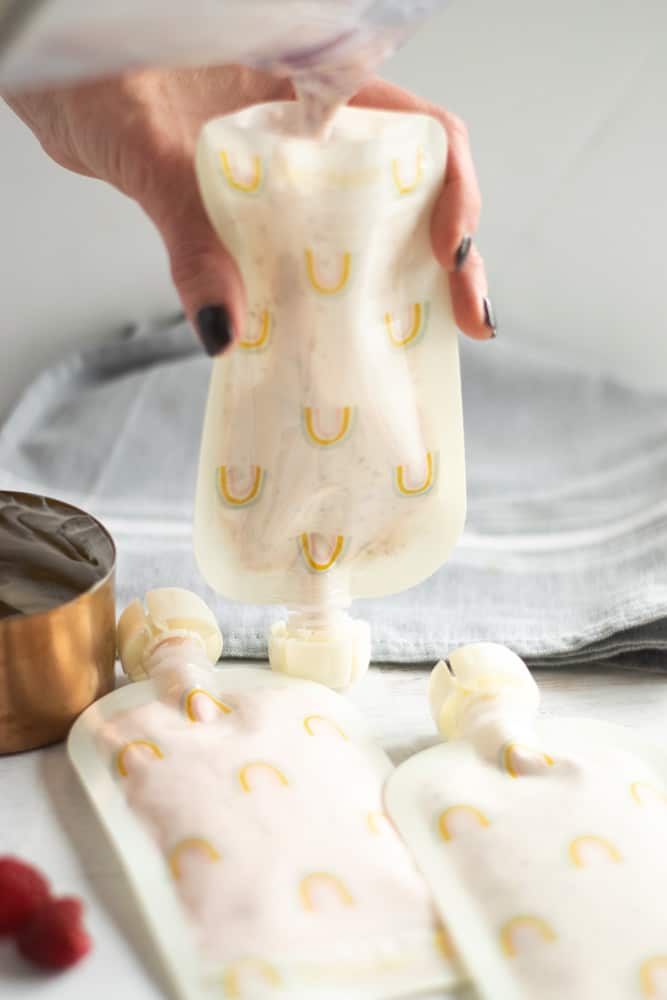
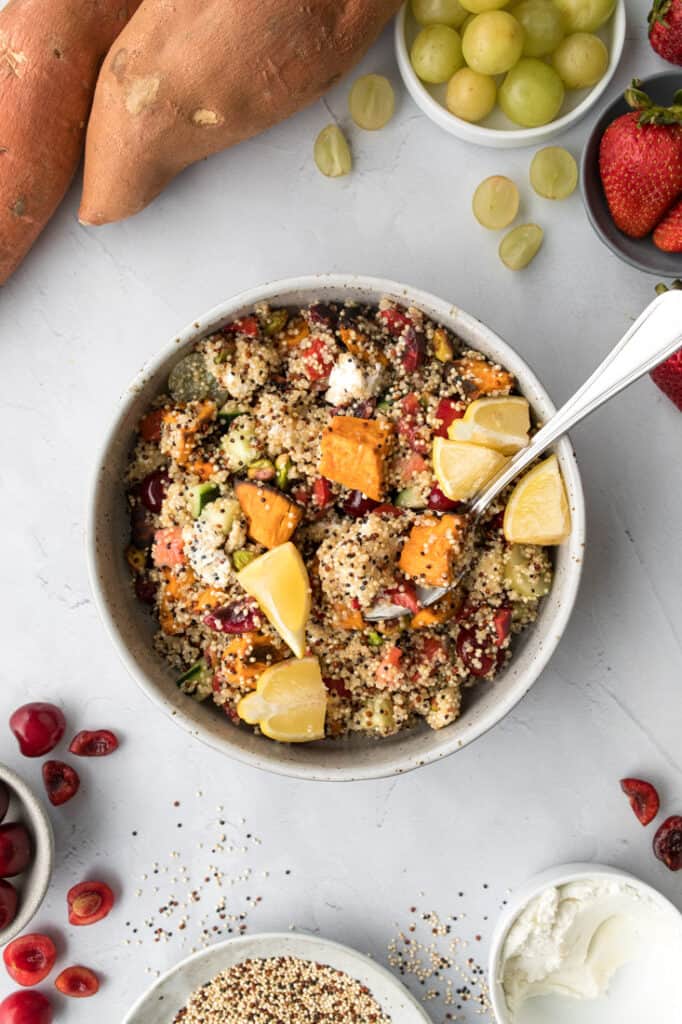

Like This Content?
Support Bucket List TummyLove this post! Saving for when I start training for Chicago. Re caffeine: my husband is a competitive marathoner and he quits his daily 5hr energy (I know, so bad) two weeks before the race, and drinks it the morning of. He swears by it!
We are all different in what works for us. I have been leaning more towards the Honey Stinger products vs the GU here lately and I was a GU girl for awhile!
Please let us know how the week “break” from coffee goes and how/if it makes a noticeable difference on race day. I’ve been on the fence about cutting coffee out for similar reasons, it just doesn’t have a kick anymore and I could literally take a nap afterwards.
I sure will!
OK it’s finding posts like this which are totally why even though I announced my marathon was my first and last – – there will be another 🙂
I was super lucky not to make any mistakes which hurt me – – but I think I could’ve been better stronger faster 🙂 had I known what the heck to do when it came to fueling both long walks and on marathon day.
That’s amazing that you made it through the first one unscathed. I think each one is a total learning experience. 🙂
I’m intrigued to hear if your coffee trick works! I can’t drink any kind of coffee before working out because it makes my heart RACE! Like, feel like I’m going to have a heart attack racing ????
I will have to share!
Wow Sarah you had a great run; and thank you so much for all the tips on combining carbohydrates. I didn’t know any of this, and it’s going to be so helpful to know how to do this, because I always feel lost when it comes to fueling during the run.
That Ogden course is GORGEOUS! Wow; I’m so excited you get to do that one.
It’s kind of like a puzzle, and you just gotta try missing pieces until it fits and you feel good. I am really excited to see the course 🙂
My first (and only) marathon was a destination marathon up in Seattle- such a cool way to see a new city! As for fuel I ALWAYS use Nuun in my water bottle then have Clif Shot Bloks and dried cranberries for some strange reason. Good luck with the rest of your training 🙂
Totally agree that running is the best way to see a new city, you see so many secret spots that you couldn’t see from a car! Sounds like you have your fuel figured out to a T!
I’ve thought a lot about switching my fueling regimen. I use Honey Stinger chews now and they work well but they’re just so sweet! Dried fruit seems like an interesting option.
The Ogden marathon looks amazing! Such great views!
Have you tried different flavors? You could also chew them when drinking water to help dilute a little bit? If that doesn’t work, fortunately there are so many other options! I think some gu’s are coming out with more savory flavors for those who don’t like sweet, too!
Wow wow so much. Sports nutrition – especially for these crazy long runs – is so fascinating. I have never heard about the absorption of carbs being better when there is a combination. And oh my gosh – the VIP perks!! You are going to be riding up in STYLE! Enjoy that massage. Really great things this company is doing.
It definitely makes me look forward to the finish! I love the way they are giving back to their community.
I don’t drink coffee before a race because it spikes my heart rate and it’s already high enough. But, I know a lot of people swear by it. I also use gels that are caffeine free. I’m so impressed by people who can chew food while running, btw. That race course looks lovely. The logistics always stress me out. That coach service will be great. My favorite scenic destination race to date was outside of Denver, down through the canyons. It was gorgeous. Thanks for linking, Sarah!
I guess I don’t think too much about chewing while running – but I realize that it can take time to practice with it! Gels and liquids are the easiest. Logistics can be so stressful, I’m really looking forward to the coach service!
WOW. Honestly, I struggle with fueling. If I’m just going a long run pace, I can do 12 miles with breakfast + water. So I usually don’t remember to bring fuel. BUT, I need to practice my race day fueling during long runs. My last long run I took a Gu Stroopwafel – which seemed to work great. I took it around mile 5. I was totally stopped though, so I’m not sure if that will be quite as easy on race day.
I didn’t realize that we were supposed to be taking in quite that much fuel each hour of a run. My stomach can get a little cranky during races depending on what I take. Usually during hotter races I struggle more.
But pre-race or long run, I usually do half or whole PBJ + banana on the side. I’ll have coffee before a race, but not before a long run usually.
I would start with gels or liquid nutrition (Tailwind, Gatorade, etc) for some carbs and electrolytes when just starting. I had a lot of practice to be able to chew during, but it is definitely possible. Every person is difference as to how much fuel we need/can stomach, and alot is also determined by size, fitness level, and training our body.
That looks like an amazing course! Awesome job on your 20 miler, you are gonna do great in your marathon!
Thanks Lisa – I hope so!
This is really good information. I usually don’t fuel during my long runs (8-10 miles), however I can see how maybe having something after the first hour could help the tail end be a little easier. Do you bring water as well? And do you stop to eat these things or are you able to eat and run?
Yes, there’s benefit to fueling in the first 30-45 minutes if you expect you’ll be running a little longer, especially if you don’t have a pre run snack and feel yourself getting a little fatigued. I do bring water, or stop at places along my route for water (I usually plan that ahead of time). At this point, I can eat the chews and fruit while I run, but it took some practice!
I love drinking coffee before my runs. I do not think I could go on one without any. I think I always replenish too much afterwards that it probably doesn’t even out from what I run to what I eat.
I like to have a pre set snack made and ready so I’m not raiding the fridge for everything after my run. Then I’ll spend some time making my meal.
I need to give dried fruit a try for fuel. I’m trying to get back to using gels, but they make my tummy angry for several hours afterwards. Destination race? Grandma’s marathon (Duluth, MN) was pretty cool…I ran it in 2015 and am headed back there in June.
Maybe fruit will be easier for you – Or you could try a liquid fuel, like Tailwind? I’ve heard so much about Grandma’s, and hope to do it someday! Good luck to you!
Wow the course looks gorgeous! I would love to visit Utah one day. I surely lucked out running my first marathon on a sunny day in Vancouver! I’m sure Portland would have been much prettier… but it poured rain and was so foggy the whole time. Haha.
That is one thing I am hoping not to have! I can do cold, but please no rain.
Such a speedy 20 miler! That should be a huge confidence boost going into the race! I agree- there are so many benefits to a group run. I’ve been doing most of mine on my own but need to make the effort to link up with others again.
Yes, I hope I keep up with it! It felt good to stay consistent each mile.
Wow looks like your pace has really improved that;s incredible. Thanks for sharing info on your nutrition I am always interested to see how others fuel. I do also like the honey stinger gels.
Running with a group made all the difference!